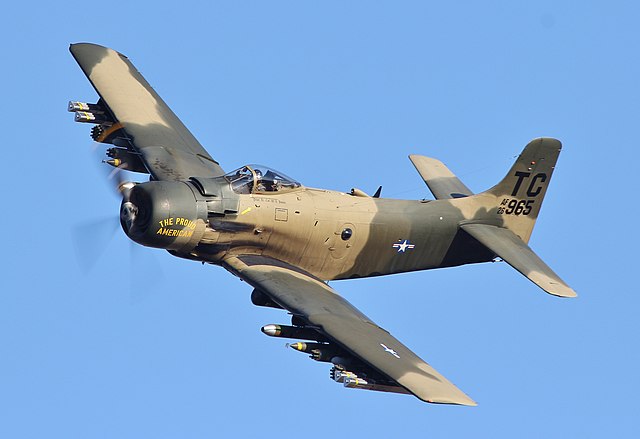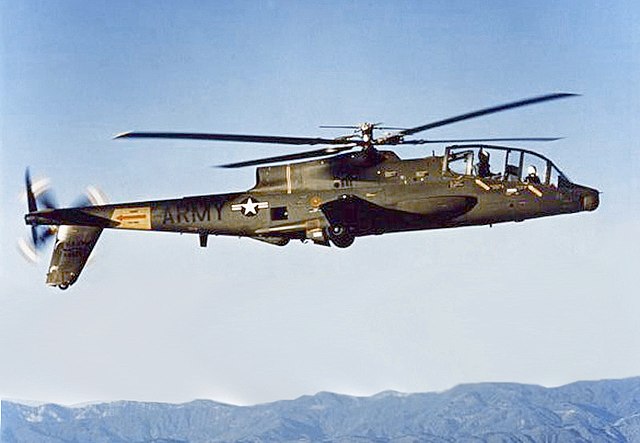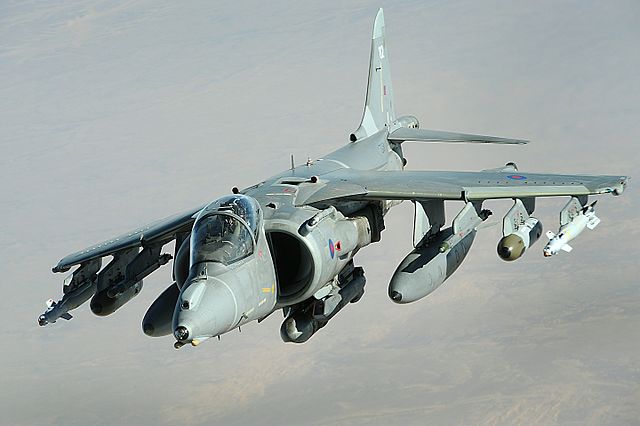Fairchild Republic A-10 Thunderbolt II
The Fairchild Republic A-10 Thunderbolt II is a single-seat, twin-turbofan, straight-wing, subsonic attack aircraft developed by Fairchild Republic for the United States Air Force (USAF). In service since 1977, it is named after the Republic P-47 Thunderbolt, but is commonly referred to as the "Warthog" or simply "Hog". The A-10 was designed to provide close air support (CAS) to friendly ground troops by attacking armored vehicles, tanks, and other enemy ground forces; it is the only production-built aircraft designed solely for CAS to have served with the U.S. Air Force. Its secondary mission is to direct other aircraft in attacks on ground targets, a role called forward air controller-airborne; aircraft used primarily in this role are designated OA-10.
Fairchild Republic A-10 Thunderbolt II
By the time of the Vietnam War, the 1940s-vintage propeller-driven Skyraider was the USAF's only dedicated close air support aircraft. It was slow, vulnerable to ground fire, and relatively lightly armed.
The Lockheed AH-56 Cheyenne appeared to offer the possibility of handing much of the tactical air-to-ground role to the U.S. Army.
An A-10A of pre-glass cockpit design
An attack aircraft, strike aircraft, or attack bomber is a tactical military aircraft that has a primary role of carrying out airstrikes with greater precision than bombers, and is prepared to encounter strong low-level air defenses while pressing the attack. This class of aircraft is designed mostly for close air support and naval air-to-surface missions, overlapping the tactical bomber mission. Designs dedicated to non-naval roles are often known as ground-attack aircraft.
A USAF A-10 Thunderbolt II attack aircraft in flight
An A-1 Skyraider of the USAF
RAF Harrier GR9 in flight, 2008
Boeing GA-1, ~1920






